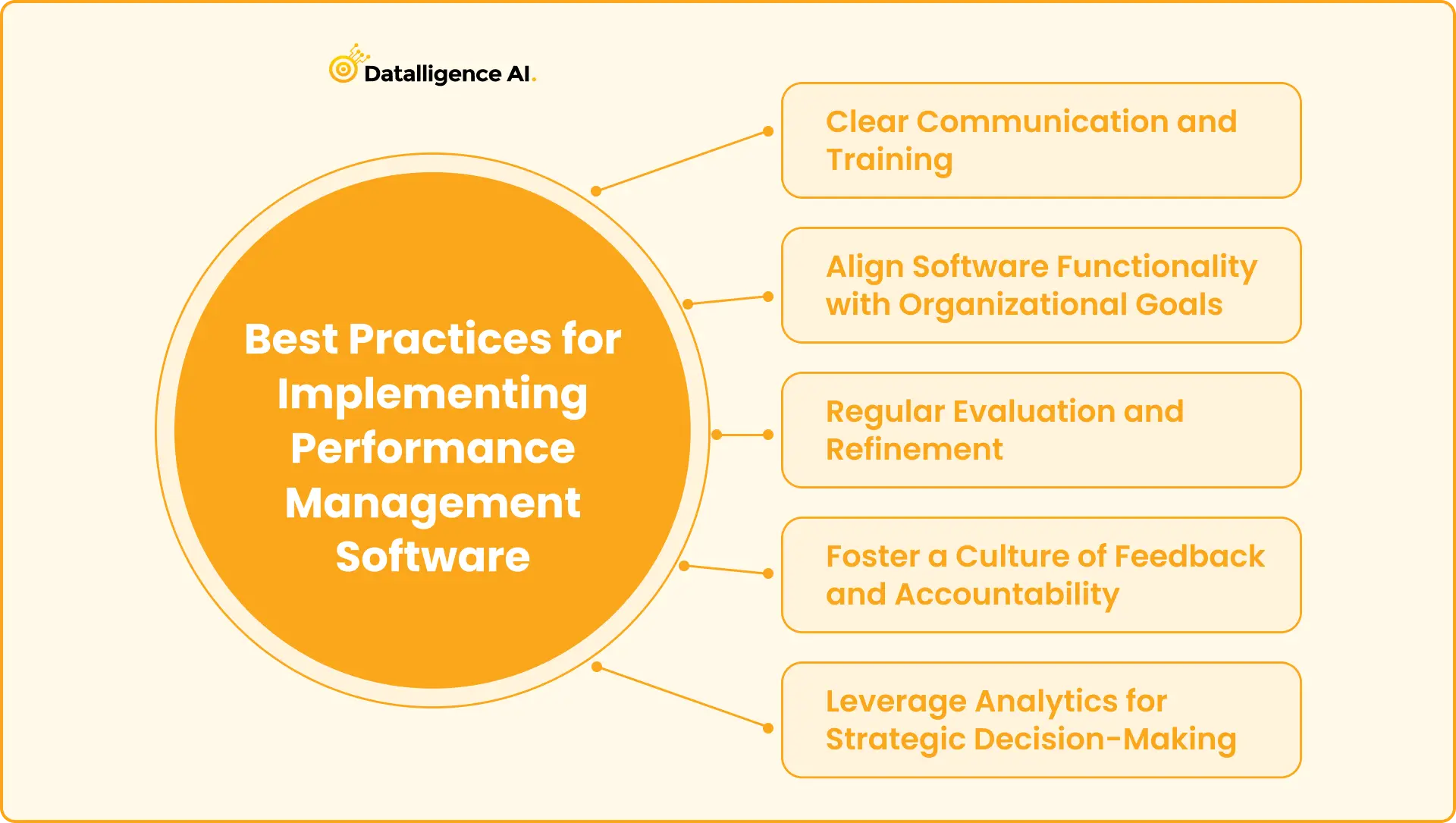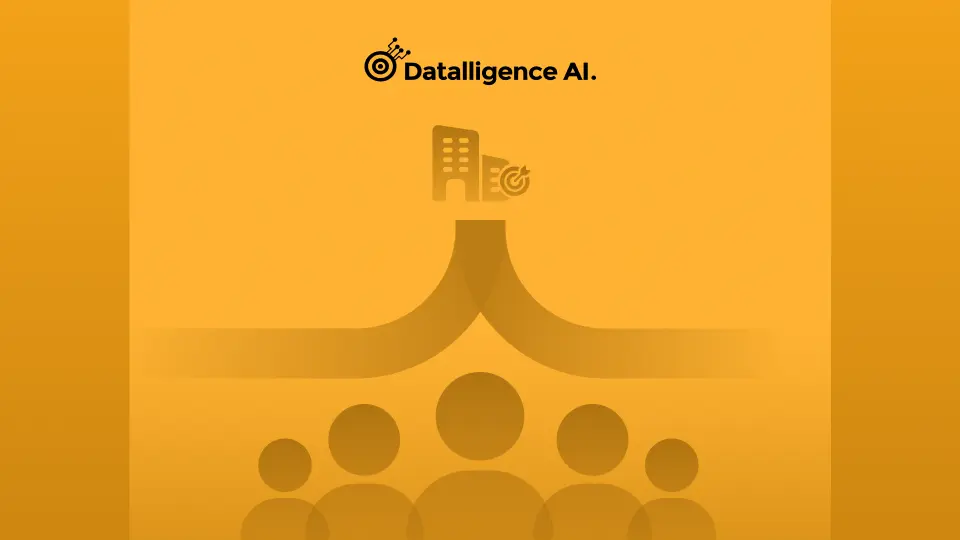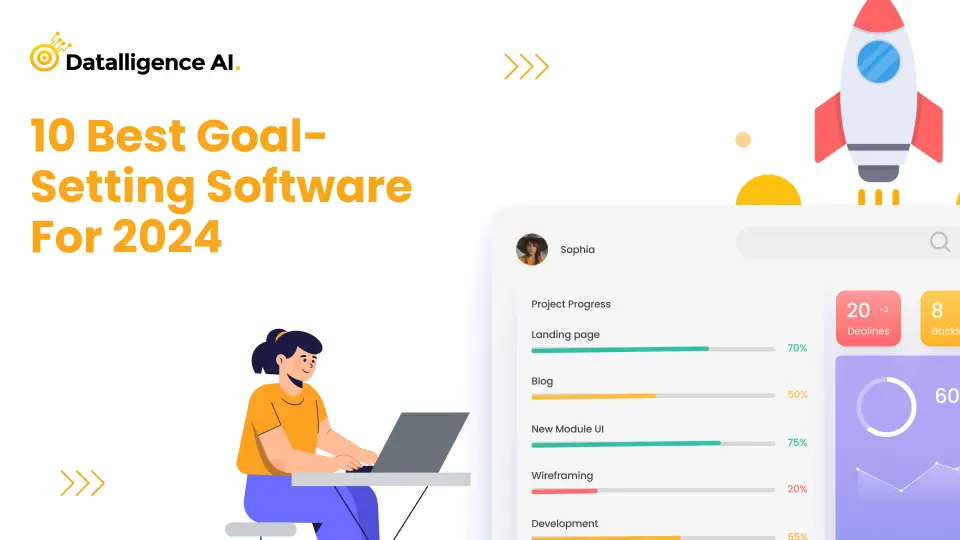Performance management plays a crucial role in ensuring that employees’ goals are aligned with the overall objectives of an organization. In today’s digital age, businesses are increasingly turning to performance management software to streamline and enhance this process. By leveraging the power of technology, organizations can effectively align individual employee goals with organizational goals, leading to improved employee engagement, productivity, and overall company performance.
The Shift from Traditional Appraisal to Performance Management
Gone are the days of the traditional employee appraisal process, where performance evaluations were conducted annually or semi-annually. Organizations have realized the limitations of this approach, as it often fails to provide a clear line of sight between individual employee goals and the broader organizational objectives. This misalignment can result in unclear goals, accountability issues, and conflicting activities within departments and teams.
To overcome these challenges, organizations have transitioned to a more enterprising performance management process that integrates employee performance with organizational performance and its mission, vision, and values. This shift enables managers to cascade goals from the executive level down to individual employees, ensuring a clear understanding of how each person contributes to the overall success of the organization.
The Importance of Cascading Goals

Cascading goals is a vital step in the performance management process. It involves aligning and communicating organizational goals throughout the company, from top-level executives to frontline employees. By cascading goals, managers can help employees understand the strategic priorities of the organization, how their work contributes to these goals and the behaviors that support the organization’s values.
To effectively cascade goals, organizations should follow these five steps:
1. Developing Corporate Goals
Corporate goals are typically established during strategic planning sessions attended by senior management. These goals define what the organization aims to accomplish in the coming fiscal year and serve as the guardrails guiding the organization toward achieving its mission and vision. It is essential to limit corporate goals to a manageable number, typically between three and five, to maintain focus.
During goal-setting, organizations should ensure that the goals are specific, measurable, achievable, relevant, and time-bound (SMART). Additionally, incorporating the organization’s values into the goal-setting stage helps create a cohesive and values-driven approach to performance management.
2. Aligning Goals and Establishing High-Level Metrics
Once corporate goals are established, they need to be cascaded to specific business units, divisions, and departments. This step involves collaboration between higher-level managers and middle and frontline managers to develop goals and objectives that support the overall organizational goals.
At this stage, leaders of each business unit or division determine how their sector will contribute to the overarching goals. They define strategic requirements, establish timelines, and identify key metrics for measuring success. This alignment ensures that each department’s goals align with the organization’s objectives and that efforts are not duplicated.
3. Cascading Goals through the Organization
With goals established at the corporate, business unit and divisional levels, managers within each department can begin cascading these goals to their respective teams and individual employees. By communicating these goals, managers provide employees with a clear line of sight between their work and the organization’s objectives.
During the cascading process, managers should explain to employees:
- The organization’s top-level goals and strategic priorities
- How their work directly contributes to the achievement of these goals
- The behaviors that align with the organization’s values
- The impact their contributions have on the organization’s overall performance
This communication helps employees understand the significance of their work and fosters a sense of purpose and engagement.
4. Goal Setting
Goal setting is a collaborative process between managers and employees, where individual goals are established to support the department’s and organization’s objectives. Managers should encourage employees to set goals that align with the department’s priorities and provide opportunities for development and growth.
When setting goals, employees should consider both short-term and long-term objectives. Each goal should be specific, measurable, achievable, relevant, and time-bound (SMART). Additionally, employees should identify key metrics for tracking their progress and success.
Regularly reviewing and updating goals is crucial, as business circumstances may change, requiring adjustments to the goals initially defined. By monitoring and managing goals effectively, organizations can ensure that employees’ efforts are aligned with the overall objectives.
5. Managing Goals and Performance
To ensure effective goal management, employee performance should be closely tied to the achievement of these goals. Performance components should be measured using quantifiable metrics to provide objective feedback and evaluation. Common performance measures include quality, quantity, timeliness, productivity, financial impact, and cost-effectiveness.
Managers should provide continuous feedback throughout the performance period, offering guidance, recognition, and support. Regular touchpoints enable employees to improve their performance, make course corrections when needed, and stay on track toward achieving their goals.
The annual appraisal conversation should not come as a surprise or a significant event if continuous feedback and corrective actions have been taking place throughout the performance period. A comprehensive performance management process serves as the foundation for employees’ professional and personal development, helping identify talent gaps and linking development plans to specific skill or performance improvement areas.
Examples of Employee Performance Goals
Employee performance goals examples play a critical role in this process, illustrating how individual aspirations can align with organizational objectives. These examples could include achieving a specific sales target, reducing customer support response times, or increasing product quality.
Performance management software, with its array of features, simplifies the process of setting, tracking, and evaluating these goals, reducing administrative burdens and fostering a culture of continuous improvement.
The Role of Performance Management Software
While these steps can be executed manually, organizations are increasingly turning to performance management software to streamline and enhance the process. Performance management software offers a range of features and benefits that facilitate goal setting, tracking, and evaluation.
1. Automated Goal Tracking and Progress Monitoring
Performance management software enables managers and employees to set goals, track progress, and monitor performance in real-time. This automation eliminates the need for manual tracking and spreadsheets, reducing administrative burdens and increasing efficiency.
2. Continuous Feedback and Coaching
With performance management software, managers can provide timely feedback and coaching to employees throughout the performance period. This promotes a culture of continuous improvement and helps employees stay aligned with their goals.
3. Data Analytics and Reporting
Performance management software provides organizations with valuable insights through data analytics and reporting. These tools allow managers to identify trends, patterns, and areas for improvement, enabling data-driven decision-making and strategy refinement.
4. Integration with Other HR Systems
Performance management software can integrate with other HR systems, such as learning management systems and talent management platforms. This integration ensures a seamless flow of information and enhances the overall employee experience.
5. Employee Engagement and Recognition
Performance management software often includes features that enhance employee engagement and recognition. These features may include peer-to-peer recognition, social recognition, and gamification elements, fostering a positive and motivating work environment.
Best Practices for Implementing Performance Management Software

To maximize the benefits of performance management software, organizations should follow these best practices:
1. Clear Communication and Training
Properly communicate the purpose and benefits of the performance management software to all employees. Offer comprehensive training sessions to ensure that managers and employees understand how to effectively use the software and leverage its features.
2. Align Software Functionality with Organizational Goals
Customize the performance management software to align with the organization’s specific goals and performance management process. Tailor the software to support the organization’s values, objectives, and desired outcomes.
3. Regular Evaluation and Refinement
Continuously evaluate the effectiveness of the performance management software and refine the process as needed. Solicit feedback from managers and employees to identify areas for improvement and implement necessary adjustments.
4. Foster a Culture of Feedback and Accountability
Performance management software should be used as a tool to foster a culture of feedback, accountability, and continuous improvement. Encourage managers and employees to provide constructive feedback and hold regular performance discussions.
5. Leverage Analytics for Strategic Decision-Making
Leverage the data and analytics provided by the performance management software to inform strategic decision-making. Identify trends, gaps, and opportunities to drive improvements in employee performance and overall organizational success.
By implementing performance management software and following these best practices, organizations can effectively align employee goals with organizational goals. This alignment leads to increased employee engagement, improved performance, and ultimately, enhanced business outcomes.
In conclusion, performance management software offers a powerful solution for organizations seeking to align employee goals with organizational objectives. By leveraging technology and following best practices, organizations can create a culture of performance excellence and drive success in today’s competitive business landscape.
Remember, implementing performance management software is not a one-time fix. It requires ongoing commitment, clear communication, and continuous refinement to fully reap the benefits. Embrace the power of technology and performance management software to unlock the full potential of your employees and drive organizational success.











